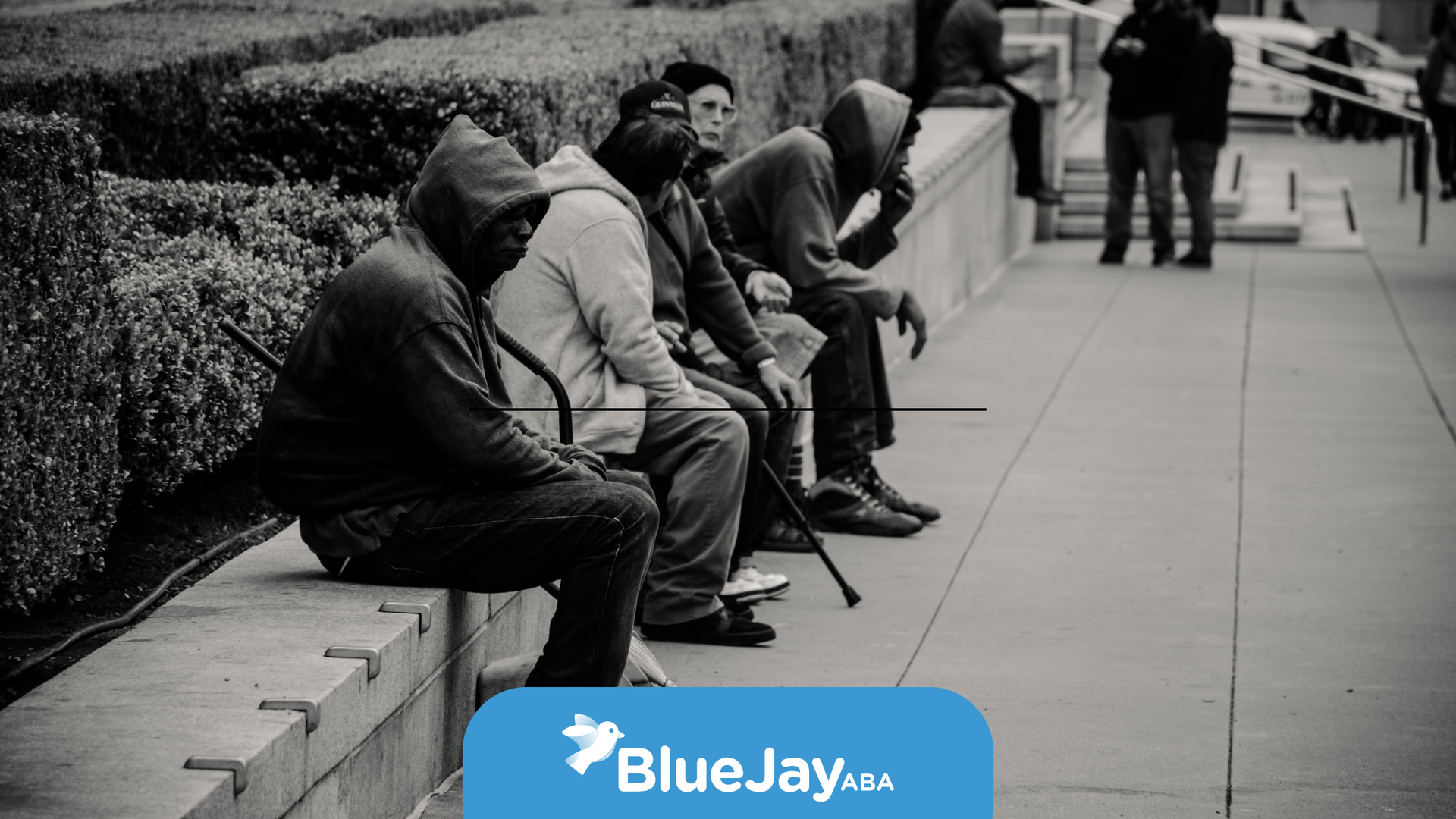How Autism Affects the Family: A Journey of Growth and Understanding
As an ABA clinician, I’ve spent years supporting families and children with autism. I’ve seen up close how autism can reshape daily life — emotionally, socially, and even financially. The autism family impact is real, but so is the love, strength, and connection that grow from it.
Every family’s story is unique, yet I often see the same transformation: uncertainty turning into understanding, and stress giving way to resilience. Families learn, adapt, and find joy in the smallest milestones — often discovering strength they didn’t know they had.
The Emotional Journey: Understanding the Autism Family Impact
When parents first hear the diagnosis, “your child has autism,” life suddenly looks different. Some parents feel relief finally having answers, while others feel fear or sadness.
All of those emotions are valid.
In my experience, the emotional impact of autism on families often follows a pattern of discovery and acceptance:
- Shock and confusion, as parents process what autism means.
- Worry, about the child’s future and development.
- Relief, when there’s finally an explanation for behaviors or challenges.
- Hope, as they begin to see a path forward through therapy and support.
As families settle into a new rhythm, they often begin to notice progress — a word spoken, a smile returned, a calmer day. Those moments matter deeply. They’re reminders that growth may look different, but it’s absolutely possible.
How Autism Shapes Everyday Family Life
Living with autism changes routines, communication, and how families move through the world. These adjustments can feel challenging at first, but they often lead to deeper understanding and connection.
The Importance of Routine and Predictability
Children with autism often thrive on structure. Predictable routines bring comfort and reduce anxiety. Families learn that planning ahead — meals, school transitions, bedtime — can make a world of difference. It’s not about strict control; it’s about creating calm and safety.
I’ve watched parents transform stressful mornings into peaceful ones simply by using visual schedules or predictable steps. Small changes like that can change the tone of an entire day.
Communication Evolves in New Ways
Communication is one of the biggest parts of the autism family impact. Some children speak fluently; others may use gestures, visuals, or assistive devices. Parents often tell me the moment they truly “hear” their child — even if it’s through pictures or sign language — is life-changing.
Every word, sound, or sign becomes a bridge. Families start learning their child’s language, and that connection builds trust and love.
Social Life and Community
Autism can make social events or public outings feel complicated. Bright lights, noise, or crowds can be overwhelming. Some families worry about being judged or misunderstood, leading them to withdraw socially.
But that’s starting to change. More schools, parks, and communities are becoming autism-friendly. I always encourage families to connect with others who “get it.” Shared experiences bring comfort, and community makes the journey lighter.
Time, Energy, and Financial Pressures
There’s also a practical side to the autism family impact — the time commitment for therapy, school meetings, and appointments. Parents often feel stretched thin. It’s why finding balance and support is essential.
That’s where professional guidance and therapy, like ABA, can help families feel less overwhelmed and more empowered.
The Ripple Effect on Parents and Siblings
The effects of autism extend beyond the individual — they ripple through the entire family. But those ripples don’t have to mean struggle; they can mean growth.
The Parent Perspective
Parenting a child with autism requires patience, creativity, and emotional strength. It can be exhausting, but also deeply rewarding.
I remind parents often: you are doing enough. Even small efforts — reading a social story together, praising your child for a calm moment, or practicing deep breaths — build progress over time.
Many parents find comfort and confidence through parent training. It teaches practical strategies rooted in ABA principles so you can guide behavior, reduce stress, and help your child succeed at home. When parents feel capable, the whole family feels more balanced.
The Sibling Experience
Siblings often grow up with a special kind of empathy. They learn patience early, but they also need their own space and attention. Talking openly about autism, celebrating all children’s strengths, and giving siblings one-on-one time helps them feel seen and valued.
I’ve met many siblings who later pursue careers in special education or therapy because of the compassion they developed at home. That’s the quiet power of the autism family impact — it shapes hearts in extraordinary ways.
Finding Hope and Progress Through ABA Therapy
This is where the journey turns toward hope. One of the most effective and evidence-based ways to support children with autism — and their families — is through Applied Behavior Analysis (ABA) therapy.
ABA isn’t just about behavior. It’s about understanding why behaviors happen and teaching new, positive ways to communicate and interact. Over time, I’ve seen ABA therapy transform not just children, but entire families.
At Blue Jay ABA, we work closely with families across North Carolina to provide individualized ABA therapy plans built around your child’s needs and your family’s lifestyle.
Our programs include:
- Home-based ABA: Personalized sessions right at home, where your child feels most secure and comfortable.
- School-based ABA: Support in school settings to help with focus, social skills, and learning.
- Telehealth ABA: Virtual sessions that make therapy accessible for families with busy schedules or living in rural areas.
Before we begin, we start with a comprehensive ABA assessment. This helps us understand your child’s strengths, behaviors, and goals, allowing us to design a customized plan that truly fits.
Throughout therapy, we include parents every step of the way. Our parent training sessions empower you with tools to continue progress at home — because lasting change happens when families and clinicians work together.
At Blue Jay ABA, we believe that the family is the heart of progress. When everyone learns, grows, and communicates together, real transformation happens.
Reach out today!
Frequently Asked Questions
What is the biggest impact of autism on families?
The biggest autism family impact often comes from adjusting to new routines and communication needs. But many families also describe becoming closer, more patient, and more united through the journey.
How can ABA therapy help reduce family stress?
ABA therapy helps parents and caregivers understand behavior patterns, build structure, and teach positive coping skills. When children learn effective communication and daily living skills, family stress naturally decreases.
Is ABA therapy available throughout North Carolina?
Yes. Blue Jay ABA provides high-quality ABA therapy in North Carolina, offering in-home, school-based, and telehealth options to ensure families get the support they need, wherever they are.
Sources:
- https://www.autism.org.uk/advice-and-guidance/topics/about-autism/preference-for-order-predictability-or-routine
- https://pmc.ncbi.nlm.nih.gov/articles/PMC11592025/
- https://www.autismparentingmagazine.com/how-autism-affects-families/
- https://pubmed.ncbi.nlm.nih.gov/22869324/
- https://medicine.yale.edu/news-article/family-history-siblings-autism/
Related Posts






